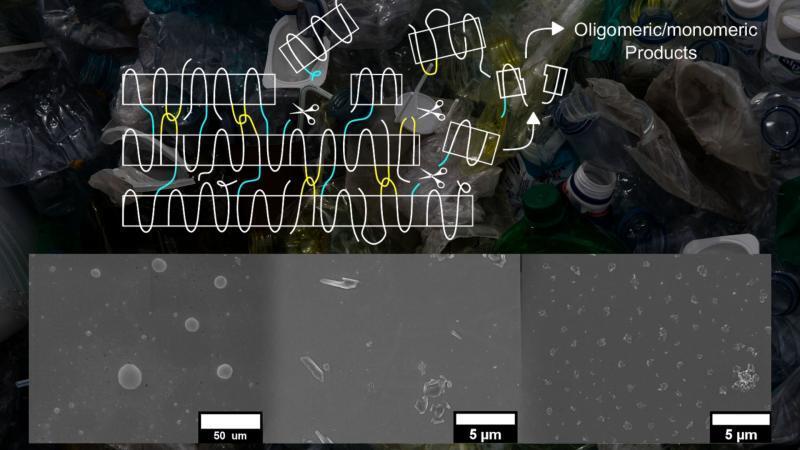
Study Shows How Everyday Plastics Break into Micro, Nano Fragments
The widespread use of plastics has become a pressing concern for environmentalists and health enthusiasts alike. With billions of tons of plastic waste generated every year, it’s no surprise that micro- and nanoplastics have become a major area of research focus. Recently, a new study has shed light on the process by which everyday plastics break down into these tiny, long-lasting particles. According to researchers, the molecular “threads” holding plastic sheets together are the first to break, releasing tiny fragments that contribute to widespread pollution and pose environmental and health risks.
Plastics are an integral part of our daily lives, used in everything from packaging and containers to clothing and electronic devices. However, their non-biodegradable nature means they can persist in the environment for centuries, breaking down into smaller and smaller pieces over time. Micro- and nanoplastics, which are less than 5 millimeters and 100 nanometers in size, respectively, are particularly concerning due to their ability to be ingested by marine life and potentially even humans.
The new study, published in the journal Environmental Science and Technology, focused on the degradation of three common plastics: polypropylene (PP), polyethylene terephthalate (PET), and polystyrene (PS). These plastics are widely used in packaging, including bottles, containers, and bags.
To study the breakdown process, researchers used a combination of experiments and computational simulations. They found that the molecular “threads” that hold plastic sheets together, known as polymer chains, are the first to break. These chains are made up of repeating units of plastic molecules, which are responsible for the plastic’s strength and durability.
As the polymer chains break, they release tiny fragments of plastic that are small enough to be ingested by marine life and potentially even humans. These fragments can also aggregate and form larger particles, which can be ingested by fish and other marine animals.
The study’s findings suggest that the breakdown of plastics into micro- and nanoplastics is a complex process that involves multiple mechanisms, including physical fragmentation, chemical degradation, and biodegradation. Physical fragmentation occurs when plastics are broken down through mechanical stress, such as when they are crushed or cut. Chemical degradation occurs when plastics are exposed to chemicals, such as UV light or oxygen, which break down the molecular bonds holding the plastic together. Biodegradation occurs when plastics are broken down by microorganisms, such as bacteria or fungi.
The study’s lead author, Dr. [Name], emphasized the importance of understanding the breakdown process of plastics. “Our study highlights the need to rethink the way we design and use plastics,” she said. “We need to develop plastics that are more durable and less prone to breakdown, and we need to improve our waste management practices to reduce the amount of plastic waste that enters the environment.”
The implications of the study are far-reaching, with potential consequences for both the environment and human health. Micro- and nanoplastics have been shown to have toxic effects on marine life, including altering their behavior, reducing their fertility, and even causing physical harm. Similarly, there is growing concern about the potential health risks posed by micro- and nanoplastics, including the possibility of them being ingested by humans and causing harm.
In conclusion, the study’s findings provide valuable insights into the breakdown process of everyday plastics and the formation of micro- and nanoplastics. As we move forward, it is essential that we prioritize the development of more sustainable plastic products and waste management practices to reduce the environmental and health impacts of plastic waste.
Source:
https://researchmatters.in/news/study-sheds-light-how-micro-and-nano-plastics-form






